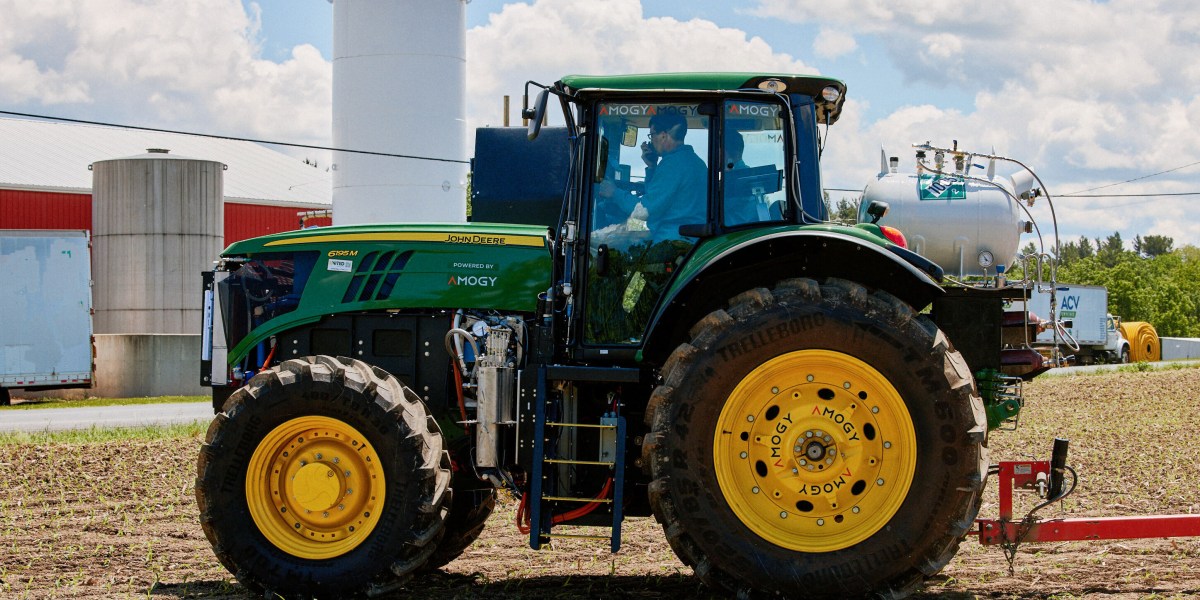This unlikely fuel could power cleaner trucks and ships

Shipping out
Companies trying to cut their climate impacts in the marine shipping sector are looking to alternative fuels, including methanol and ammonia. Amogy’s system could be a better option than combustion engines, though, since it would limit pollution that can trap heat in the atmosphere and harm human health and the environment.
I’ll note here that ammonia itself isn’t very pleasant to be around, and in fact it can be toxic. Proponents argue that safety protocols for handling it are pretty well established in industry, and professionals will be able to transport and use the chemical safely.
Amogy’s systems aren’t quite big enough for ships yet. The company is working on one more demonstration that will help it get closer to a commercial system: a tugboat, which it plans to launch later this year in upstate New York.
Eventually, the company plans to make modules that can fit together, making the systems large enough to power ships. Amogy’s first commercial maritime system will be deployed with Southern Devall, which transports ammonia on barges today in the US.
Global ammonia production topped 200 million metric tons in 2022, most of it used for fertilizer. The problem is, the vast majority of that was produced using fossil fuels.
For Amogy’s systems to cut emissions significantly, they’ll need to be powered by ammonia that’s made without producing a lot of greenhouse-gas emissions, likely using renewable electricity or maybe carbon capture systems.
According to Amogy’s estimates, supply for these low-carbon ammonia sources could reach 70 million tons by 2030. But those projects will need to make it out of the planning stages and actually start producing ammonia before it can be used in fertilizers, tractors, or tugboats.
Related reading
- Making low-carbon ammonia could require a whole lot of green hydrogen.
Another thing
There’s a lot of money flowing into ocean chemistry. A new initiative called Carbon to Sea is injecting $50 million over the next five years into a technique called ocean alkalinity enhancement. The basic idea is that adding alkaline substances into seawater could help the oceans suck up more carbon dioxide from the atmosphere, combating climate change.






